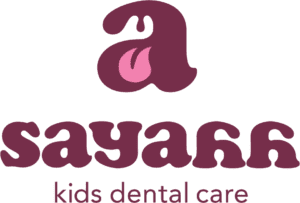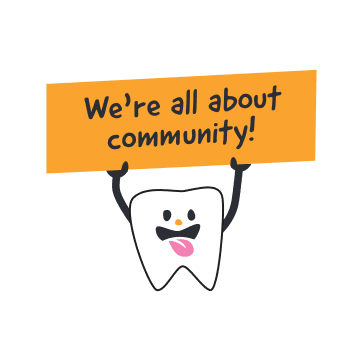Frequently Asked Questions
What is the difference between a pediatric dentist and a general/family dentist?
Pediatric dentists are the pediatricians of dentistry. A pediatric dentist has two to three years additional specialty training following dental school, and limit their practice to treating children, youth and patients with special care needs. Pediatric dentists are primary and specialty oral care providers for infants and children through adolescence, including those with special health needs.
Do you treat children with special needs?
Yes, part of what we do best is child management, including knowing how to talk to children of all different backgrounds and development levels. We welcome children with Anxiety, ADHD, Autism or other different abilities.
When should I first bring my child into the dentist?
An initial exam is recommended by your child’s first tooth or first birthday. This first exam can give both the dentist and the parent an opportunity to review some fundamentals of pediatric dental growth and development, check for cavities, and review some important preventative measures. Early detection and management of oral conditions can improve your child’s oral health and general health and well-being. Delaying treatment can sometimes result in more extensive, invasive and costly care.
What can I expect from the first visit?
How should I prepare my child for their first visit?
How often should I bring my child to the dentist?
A check-up every six months is generally recommended in order to prevent cavities, find cavities at their earliest stages, and catch other dental problems during changes associated with growth and development. However, we will recommend to you when and how often your child should visit based on their personal oral health.
Do you accept assignment or direct billing?
We will bill your insurance company directly and collect the balance from you (if any) at the time of treatment.
Do you accept government social programs?
Yes, we accept social services including, but not limited to:
- Alberta Child Health Benefits (ACHB) – Low income
- First Nations Non Insured Health Benefits (NIHB)
- Interim Federal Health Program (IFHP) – Immigration
If your coverage is not here, we can assist and guide you in accessing federal or provincial assistance programs.
Should we fix baby teeth if they are just going to fall out?
Maybe you should and maybe you shouldn’t, let us be your guide in helping you with your individual case. Your child will keep some of their primary or “baby” teeth until approximately 11 – 13 years old. Primary teeth are important for many reasons. Not only do they help children speak clearly and chew naturally, they also aid in forming a path that permanent teeth can follow when they are ready to erupt. Often, untreated dental cavities in primary teeth can result in pain and infection. Upon our examination and determination of individual risk factors, we will help determine whether preventative, interceptive, or corrective measures are required.
How often should I be brushing my child’s teeth?
Toothpaste: When should we begin using it and how much should we use?
Tooth brushing is one of the most important tasks for good oral health. When looking for a toothpaste for your child, make sure to pick one that is recommended by the Canadian Dental Association as shown on the box and tube. These toothpastes have undergone testing to ensure they are safe to use.
Starting at birth, clean your child’s gums with a soft infant toothbrush or cloth and water. As soon as the teeth begin to appear, start brushing twice daily using fluoridated toothpaste and a soft, age-appropriately-sized toothbrush. Use a “smear” of toothpaste no larger than a grain of rice to brush the teeth of a child less than 2 years of age. For the 2 – 5 year old patient who can spit, dispense a “pea-size” amount of toothpaste and perform or assist your child’s tooth brushing. Remember that young children do not have the ability to brush their teeth effectively, most require assistance up until the age of approximately 8 years. Children should spit out and not swallow excess toothpaste after brushing. Avoid excessive rinsing after brushing – let the fluoride and flavoring linger on a little longer!
Your child’s oral health plan also depends on risk factors your dentist can assess and explain.
Should I floss my child’s teeth?
You should start flossing your children’s teeth even when they only have their baby teeth. Children are prone to cavities between their teeth, because they are often in tight contact with their neighbours. Tooth brushing alone will not adequately clean these areas, and food and bacteria can build up between the teeth. Once a child’s teeth start to fit closely together, usually between the ages of 2 – 6, parents should start to get their children in the habit of flossing daily. As they develop dexterity, you can help them learn to floss. Children usually develop the ability to floss on their own around the age of 10.
What is Silver Diamine Fluoride (SDF)?
Silver diamine fluoride (SDF) is a liquid containing fluoride and silver particles that is applied directly to cavities with a small brush. It stops cavities from growing by making the tooth harder and limiting the growth of the bacteria that cause tooth decay. SDF is used to stop cavities from getting worse, and help keep teeth healthy. SDF is a viable, and often preferable alternative to restoring and repairing smaller cavities in younger children, in an effort to ‘buy time’ until the child is older and perhaps more able to handle having dental work done. However, often if caught early enough, these smaller cavities may cease to grow and not ever be required to be restored.
What is a good diet for healthy teeth?
Healthy eating habits lead to healthy teeth. Like the rest of the body, the teeth, bones and the soft tissues of the mouth need a well-balanced diet.
Many foods we eat lead to cavity formation. How long food remains in the mouth, combinations of foods eaten, and frequency of certain foods and beverages consumed during the day all play a role. Hard candy, dry carbohydrates (crackers, cookies, chips), sticky foods and breath mints stay in the mouth for a long time, which cause longer acid attacks on tooth enamel and create the opportunity for decay. When your child snacks, choosing nutritious foods such as vegetables, yogurt, and low-fat cheese, can decrease negative impacts on teeth.
Children should eat a variety of foods from the five major food groups.
What is Early Childhood Caries?
Early Childhood Caries (ECC) is a form of tooth decay that can rapidly destroy a child’s four upper front teeth and spread to the back teeth even before the age of two. ECC develops when milk, juice or sugar-containing liquids, or other food is left in the child’s mouth for prolonged periods of time.
How can I prevent Early Childhood Caries?
If your baby is currently taking a bottle during naps or at night, you should begin to transition them away from the habit. You can either immediately quit giving your child a bottle at night or during naps or you can gradually wean them from this by diluting the contents of the bottle with water.
Are my child’s teeth coming in at the right time?
All 20 primary teeth usually appear by age 3, however the pace and order of their eruption varies. The first baby teeth to erupt through the gums are usually the lower central incisors, followed closely by the upper central incisors. Most kids get their first baby teeth at 6 – 8 months, though some get them earlier or later, which is perfectly normal. Some kids don’t get their first teeth until after their first birthday! Permanent teeth usually begin appearing around age 6, starting with the first molars and lower central incisors.
Why does my child grind their teeth? Should I be worried?
Parents are often concerned about the nocturnal grinding of teeth (bruxism). Often, the first indication is the noise created by the child grinding on their teeth during sleep, or you may notice wear or the teeth getting shorter. The majority of cases of pediatric bruxism do not require any treatment. This is a natural process as a result of growth of the jaws, as well as eruption of teeth. The good news is children outgrow bruxism and it will not cause any permanent damage to their primary teeth. Grinding often decreases between the ages 6 – 9, as permanent teeth erupt and change the way your child bites. Children tend to stop grinding between ages 9 – 12. If you have a concern about your child and bruxism, discuss this with your pediatric dentist.
What are sealants?
A sealant is a clear or white acrylic resin material that is applied to the chewing surfaces (grooves) of the back teeth (premolars and molars), where often cavities in children are found. This sealant acts as a slippery barrier to food, plaque and acid, thus protecting the decay-prone areas of the teeth. It is a simple, non-invasive, and cost effective preventative procedure that has been proven to greatly reduce the chance of pit and fissure cavities.


